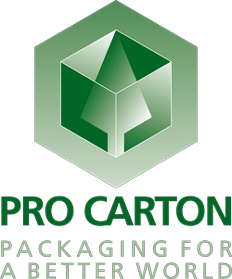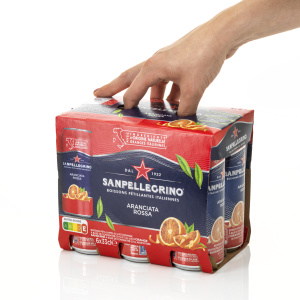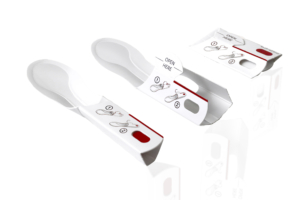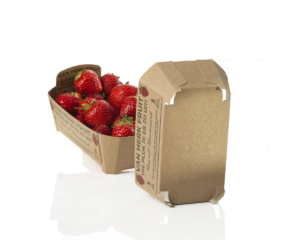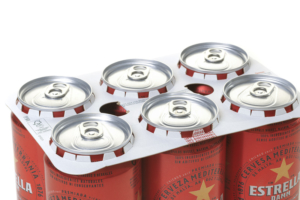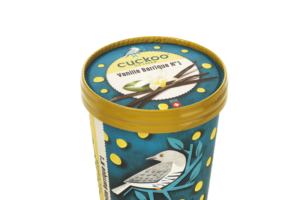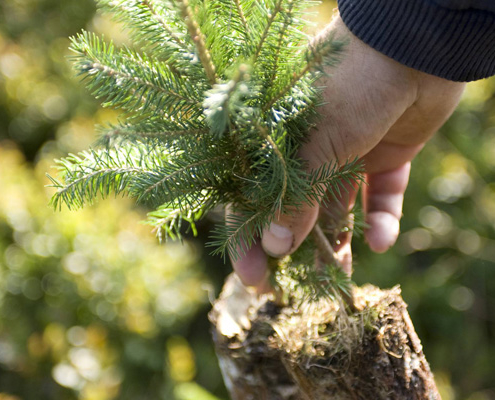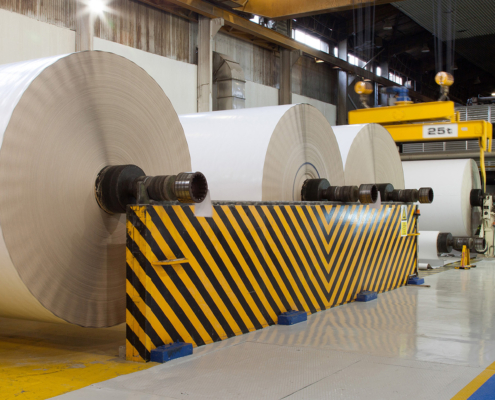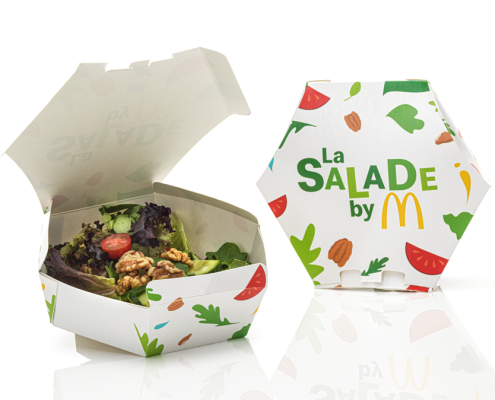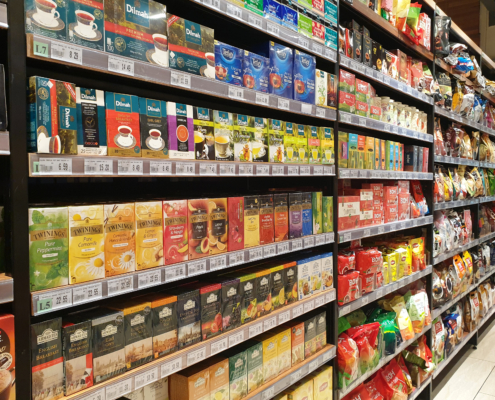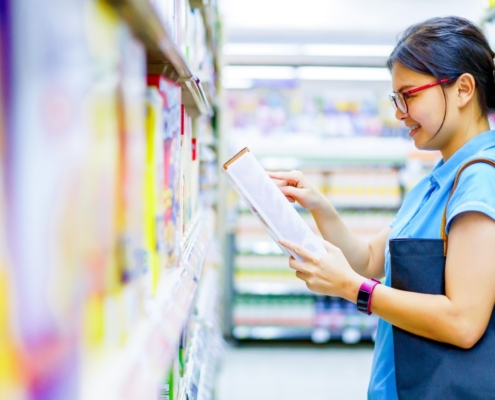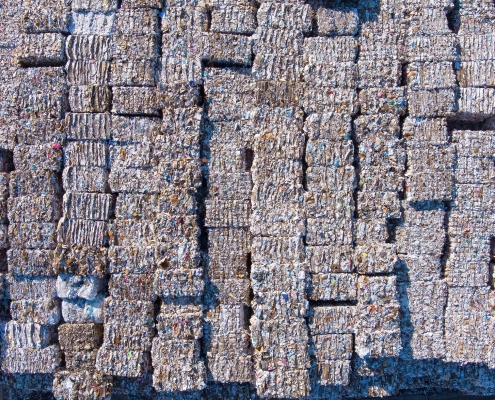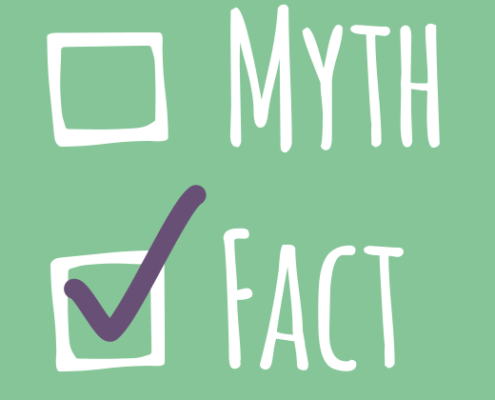Drivers for Innovation
Packaging is often the consumer’s first contact with a product. It is here that the first assessment of a product’s sustainability takes place. Packaging is therefore becoming increasingly important as a brand ‘ambassador’.
The versatility of cartonboard packaging is ideal for promoting packaged products. Cartonboard’s properties ensure that creative, innovative designs can be achieved through print, surface texture and structural shape.
Prototypes can be quickly and effectively produced and short production lead times involved in carton-making enable goods manufacturers to respond quickly to changing market conditions, such as surges in volume or promotions.
Innovations in design ensure efficient use of space in carton palletisation, transportation and in merchandising at point of sale.
Branding / Marketing
Cartons present flat, smooth surfaces which provide endless opportunities for print. This makes cartons an ideal medium for branding, offering high levels of interaction with consumers. Innovations in digital print enabled short runs, faster time to market with the added capabilities for customization.
Protecting the Product and Prolonging Shelf Life
Manufacture of any goods causes muliple times CO2 emissions than production of protecting packaging material. The strength and rigidity of cartons means that there is lower wastage in transport from producer to consumer. Innovative barriers have been developed to offer protection for goods against any possible effects from migration or environmental influences such as strong smells.
Protecting the Environment
Cartons are an environmentally friendly form of fibre-based packaging. Innovation in the manufacturing processes utilised in making cartonboard has enabled the industry to cut carbon dioxide emissions in manufacturing and reduce fossil fuel consumption. Cartonboard is 100% recyclable and the fibres in cartonboard packaging can be recycled .
Improving Material Usage
Improvements in cartonboard technology have led to significant reductions in the weight of board. Light weighting saves costs. Less raw material is used and less energy and production resources are needed. Rightsizing of carton packaging reduces the need for plastic/foam fillers and ensures the minimum effective amount of packaging materials are used.
Barrier and Fibre Technology
Cartonboard and carton manufacturers are continuously researching new technologies to improve the sustainability of cartonboard packaging and respond to the demands of the market. Examples of innovative developments have been:
- Non-Petroleum Based Coatings and Barriers for Cartonboard – Moisture and grease resistant properties are vital for many types of carton packs, especially for food. A cardboard and plastic composite offers protection but is often difficult to separate in the recycling process. The carton industry is continuously innovating in the development of water-based coatings and other non-petroleum based coatings that act as a barrier, such as BioBoard, Foodboard™ and initiatives such as PlantPack.
- Fibre Technology – Microfibrillated cellulose is a renewable material which can be used in fibre-based paper and board products and barrier materials. This technology may potentially replace fossil-based materials such as plastics, some speciality chemicals and aluminium. A major improvement of recyclability.

